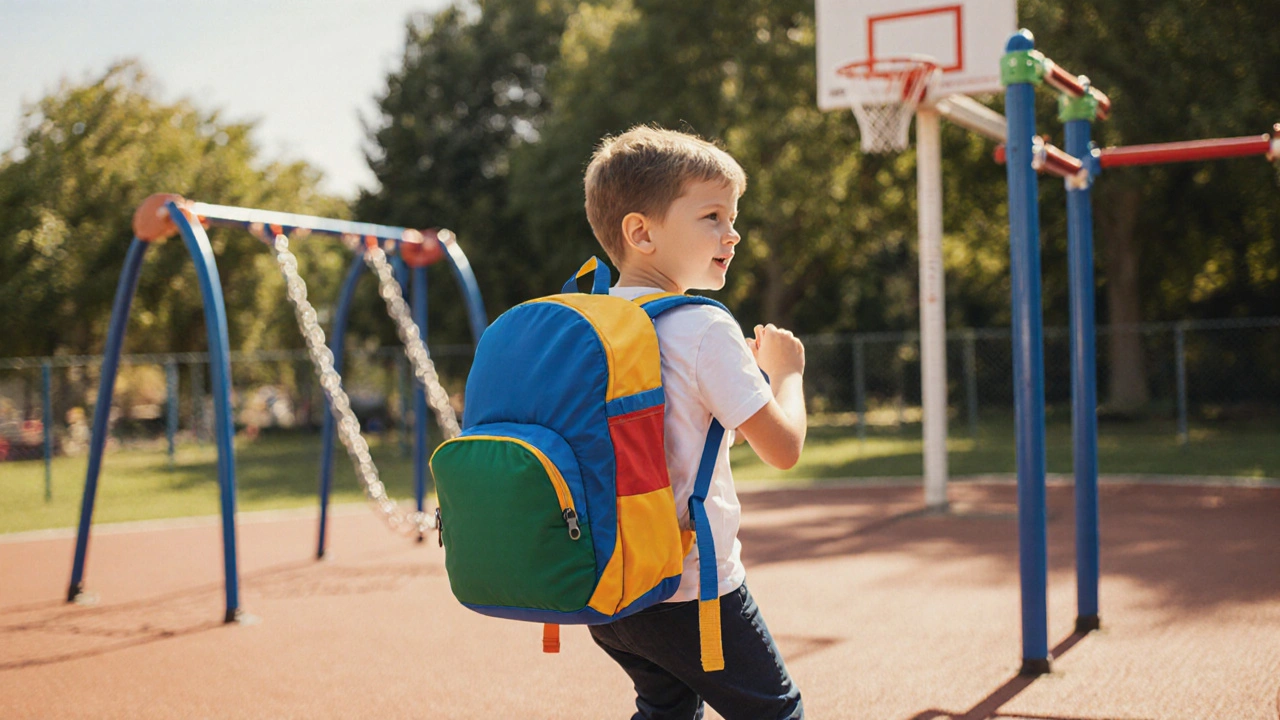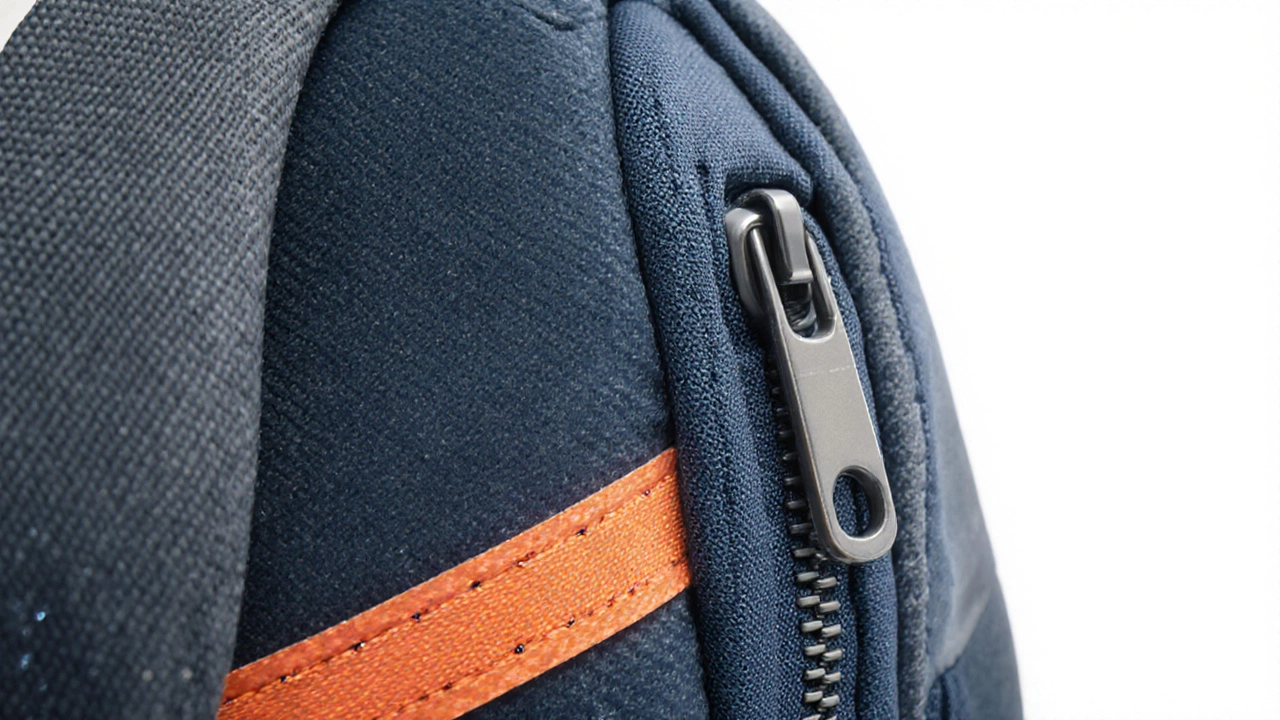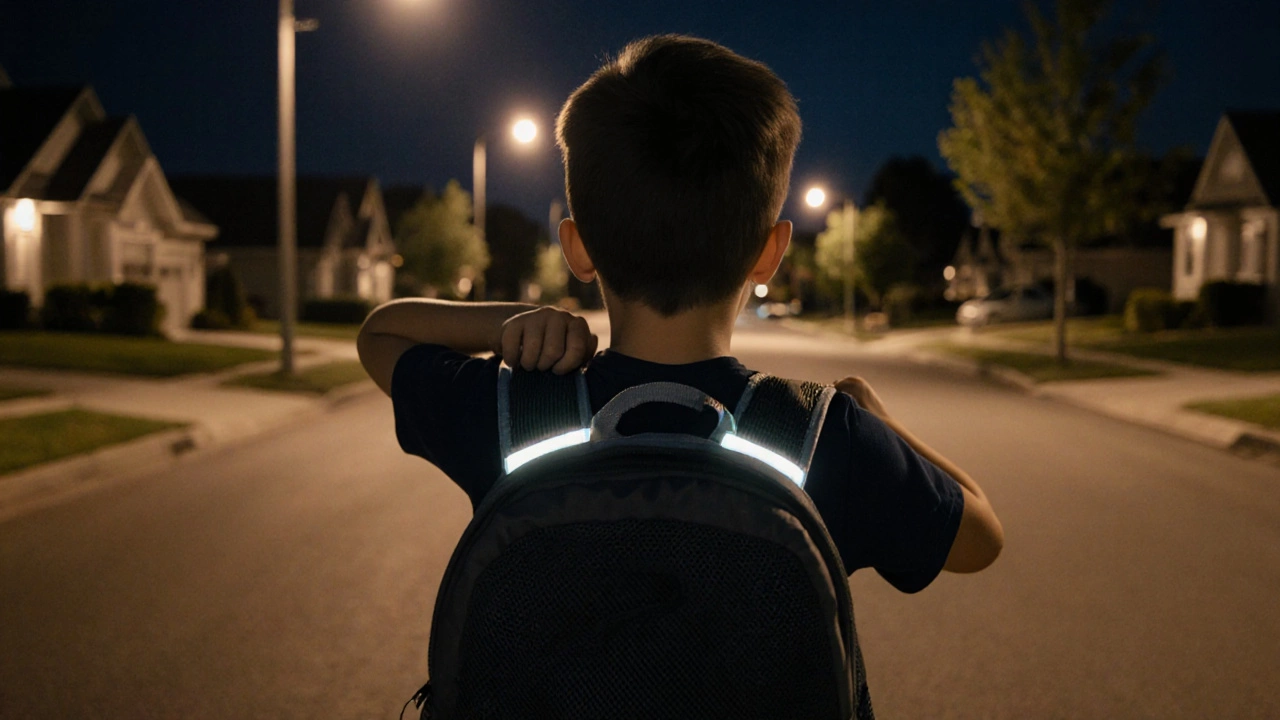How to Spot a Good Quality Kids Backpack - Simple Checklist

Backpack Quality Checker
Assess Your Backpack's Quality
Enter your backpack's features to receive a quality assessment based on the article's key criteria.
When you’re picking a backpack for a child, you want something that can survive playgrounds, field trips, and the daily hustle without falling apart. But how do you know if a backpack is truly good quality and not just a trendy design? This guide breaks down the exact signs to look for, so you can feel confident that the pack you choose will protect your kid’s gear for years.
What Makes a Backpack High Quality?
Kids' Backpack is a small-to-medium sized bag designed to carry school supplies, snacks, and personal items for children up to about 12 years old. A high‑quality model combines sturdy materials, solid construction, ergonomic comfort, and safety features. It’s not just about looking cool - it’s about durability, comfort, and protecting what’s inside.
Material Matters
Durable Fabric is a textile engineered to resist tearing, stretching, and UV damage. Common choices include 600‑denier polyester, high‑tenacity nylon, and canvas with a water‑repellent coating. Look for the denier rating on the tag; a higher number means thicker yarns and stronger fabric. For kids who carry heavy books, 600‑denier polyester strikes a good balance between weight and resilience.
Water resistance is another key factor. Water Resistance refers to the backpack’s ability to keep moisture out while still being breathable. A simple DWR (durable water repellent) coating can shed light rain, while a laminated inner lining protects wet items from soaking the rest of the bag.
Build Quality
Stitching is the backbone of any bag’s structure. Stitching Quality is measured by thread count, stitch length, and reinforcement points. Double‑stitched seams and triple‑stitched stress areas (like the strap attachment points) indicate a backpack built to handle repeated loads.
A reinforced bottom adds extra protection against wear from sitting on hard surfaces. Reinforced Bottom typically uses a thicker panel of fabric or a lightweight plastic insert that distributes weight and resists punctures.
Finally, the zippers must glide smoothly and stay closed under tension. Zipper Quality is judged by the material of the teeth (metal vs. plastic) and the presence of a lockable pull tab. Metal teeth last longer and are less likely to strip.
Comfort and Ergonomics
Kids carry varying loads, so an Ergonomic Design that promotes a natural posture is essential. Look for padded, contoured shoulder straps that sit flat against the shoulders, a breathable mesh back panel, and a chest or waist strap to distribute weight evenly.
Adjustability matters because children grow quickly. Adjustable Straps should have easy‑to‑use sliders that lock securely and allow fine‑tuning without tools. A strap system that lets you shift the load from the shoulders to the hips can prevent back strain.

Safety Features
Visibility is often overlooked. Reflective strips or bright accents improve safety during early morning or late‑afternoon commutes. Some backpacks also include a small zippered pocket for an ID card or emergency contact slip.
Internal organization helps prevent items from shifting, which can cause instability. Look for padded laptop sleeves, side mesh pockets for water bottles, and zippered compartments for electronics.
Warranty and Brand Reputation
A solid warranty signals confidence from the manufacturer. Warranty coverage of at least two years on materials and workmanship is typical for reputable brands. Brands that offer hassle‑free repair services or replacement policies often use higher‑grade components to back up those guarantees.
Research the brand’s history - companies that specialize in children’s gear usually test their products against school‑age stress standards (e.g., ASTM F963 for safety, ISO 9001 for quality management).
Quick Quality Checklist
| Feature | What to Look For | Why It Matters |
|---|---|---|
| Fabric | 600‑denier polyester or 900‑denier nylon, DWR coating | Resists tears, UV, and light rain |
| Stitching | Double‑stitched seams, reinforced stress points | Holds up under heavy loads |
| Zippers | Metal teeth, lockable pull tab | Prevents accidental opening |
| Straps | Padded, ergonomic, fully adjustable | Ensures comfort and proper weight distribution |
| Back Panel | Mesh ventilation, padded | Reduces sweat and back strain |
| Safety | Reflective accents, ID pocket | Improves visibility and emergency info |
| Warranty | Minimum 2‑year coverage | Shows brand confidence in durability |

How to Test a Backpack Before Buying
- Lift the empty bag with one hand. It should feel light yet sturdy-no flapping fabric.
- Press the bottom pad to see if it flexes; a firm feel signals reinforced support.
- Run your fingers along all seams; they should be tight, with no loose threads.
- Zip and unzip every compartment several times. The pull should glide smoothly without catching.
- Put a few heavy textbooks (about 5‑7 lb) into the main compartment, then adjust the straps. The bag should sit snug against the back without pulling the shoulders forward.
- Check the reflective strips in a dim light. They should be bright and evenly stitched.
Common Pitfalls to Avoid
Over‑stylish, under‑functional. A backpack that looks cool but lacks padding or uses thin fabric will wear out quickly.
Cheap plastic buckles. They break under weight; metal buckles are more reliable.
Insufficient compartments. Kids need separate pockets for water bottles, lunch boxes, and electronics. A single large compartment encourages a messy bag.
Ignoring the fit. Even a high‑quality bag can cause pain if the straps are too long or the back panel is too stiff for the child’s frame.
Frequently Asked Questions
What denier rating is best for a kids' backpack?
A rating of 600‑denier polyester or higher (up to 900‑denier nylon) offers the best mix of durability and weight for school use.
How many pockets should a good backpack have?
At least three: a main compartment for books, a front zip pocket for smaller items, and side mesh pockets for water bottles or snacks.
Is a warranty really worth checking?
Yes. A minimum two‑year warranty shows the brand expects the bag to survive daily wear and backs up any material defects.
Can I wash a kids' backpack?
Most high‑quality backpacks are machine‑washable on a gentle cycle. Check the care label, but avoid bleach and hot water to preserve fabric strength.
What safety features should I prioritize?
Reflective strips, a small ID pocket, and ergonomic straps that keep the bag close to the body are the top safety considerations.